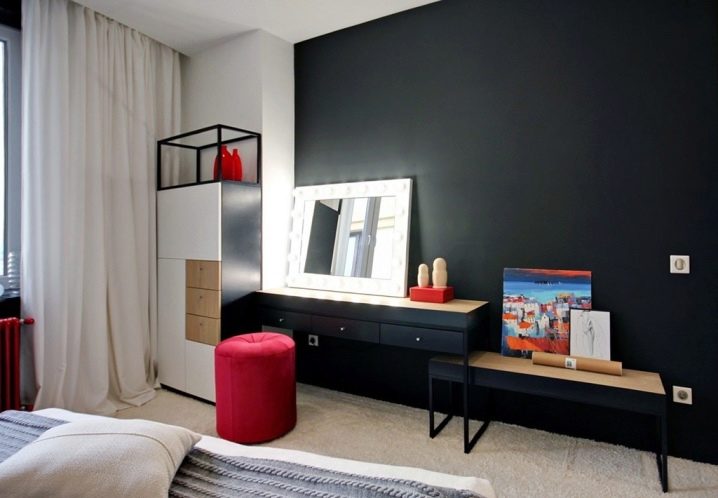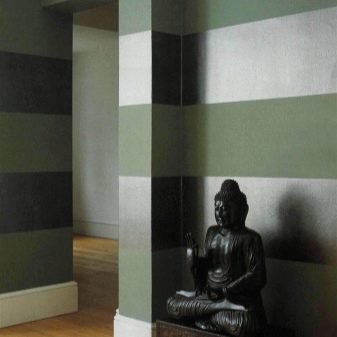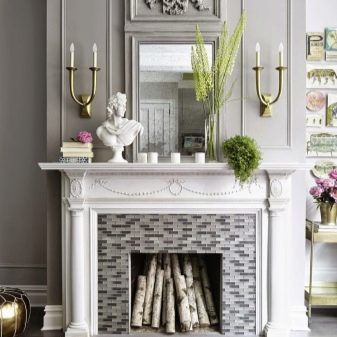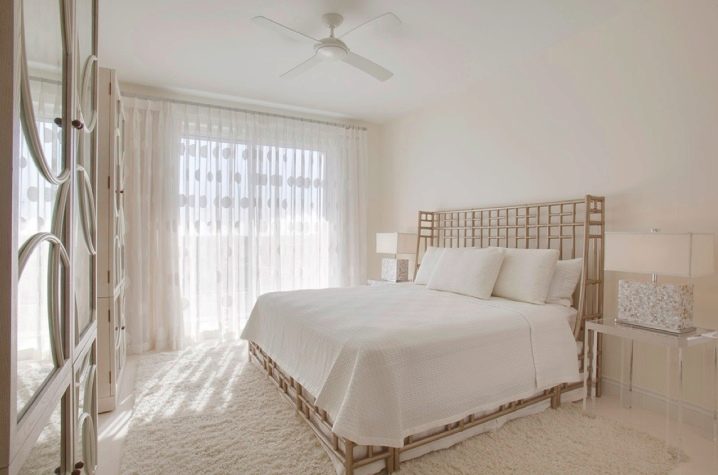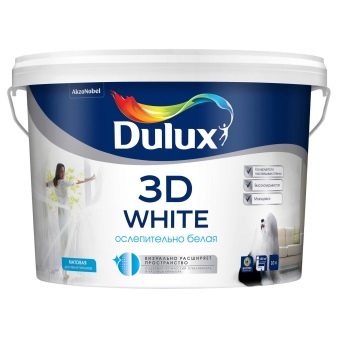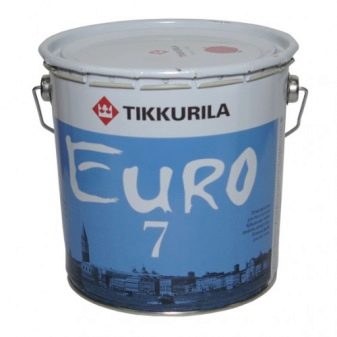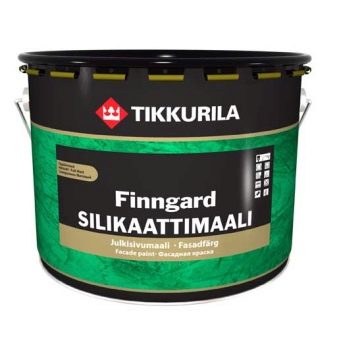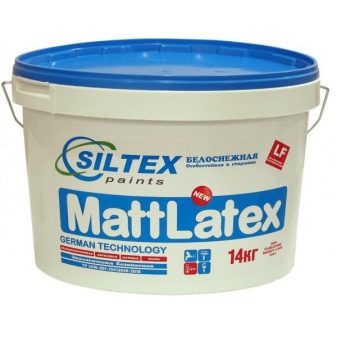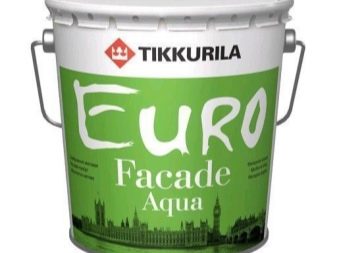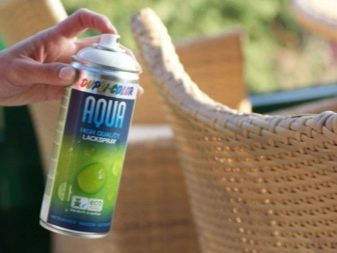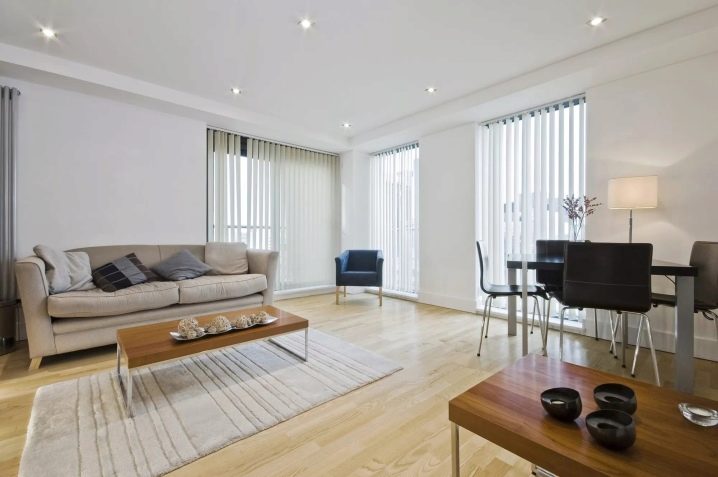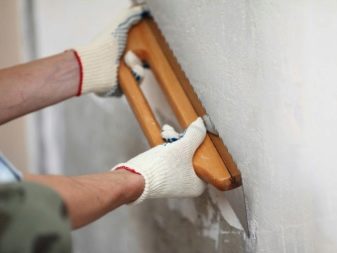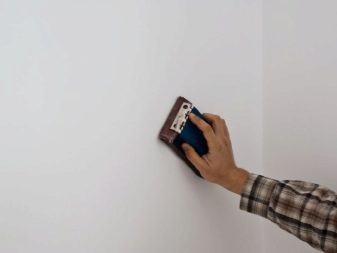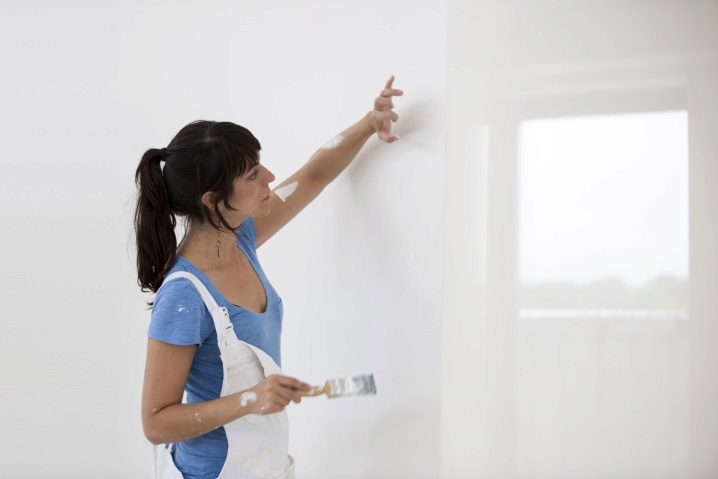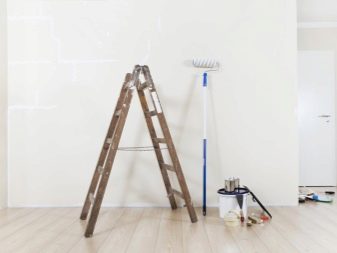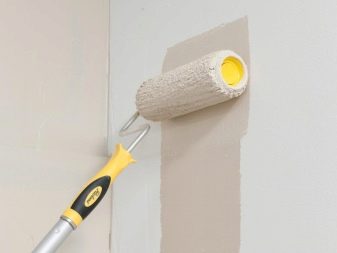Matte paint: pros and cons
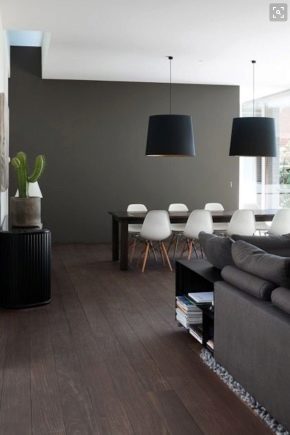
Starting repair work in an apartment or a private house, any owner wants to bring some zest to the interior. Today, matte paint for various planes is becoming increasingly in demand, which, when interacting with other decorative materials, makes it possible to embody the most daring design ideas.
Positive and negative sides of matte paints
Matte paints are used in the interior at least as glossy. It is impossible to say which of them is better in composition, since each is designed to embody certain decorative functions.However it can be noted a number of advantages of opaque compositions:
- saturated color;
- good coating density, thanks to which the previous layer can be easily painted with 2-3 new layers;
- no glare from artificial and daylight;
- rough structure that allows you to hide small visual flaws in walls and ceiling structures;
- in tandem with satin planes allows you to add room volume.
Among the negative aspects of matte paints are the following:
- dust accumulates on a rough surface;
- requires careful daily care with the use of specialized tools;
- on the finished coating any defects are clearly visible: rubbing, scratches.
Features paintwork compositions
There are 7 main paint coatings for interior decoration, which in finished form are a matte surface.
- Paints based on water emulsion. Used for processing the ceiling and wall planes of plasterboard and mineral raw materials. The main advantages of paints of this type: reasonable price, fast drying.
- Mineral paints. Slaked lime or brick is used as their basis.The structure is similar to whitewash, so mineral paints are mainly used as ceiling coatings. The price is reasonable, but the solution does not tolerate moisture and is washed off with plain water.
- Silicate paints. The composition is similar to the previous type of paint coating, but their basis is liquid glass. Due to this, silicate paints have an increased coefficient of moisture resistance.
- Paints with PVA. The basis for them is a polyvinyl acetate emulsion. Such compositions are used for processing walls and ceilings in warm dry rooms. After the solution dries, a homogeneous vapor-permeable film appears on the plane.
- Acrylic paints. Made from polymeric acrylic resins. Moisture resistant, have good resistance to abrasion. Used for painting planes of different materials: metal, drywall, wood, brick, concrete.
- Latex paints. Produced from acrylic resin and artificial latex. Possess high coefficients of moisture resistance, can be used for painting bathrooms, toilet rooms, and other rooms where moisture accumulates.
- Paint with silicone. The most expensive of all the above paint coatings. Silicone resins are used for their production. Paints are distinguished by their durability, elasticity, moisture resistance, they are able to repel dirt, therefore they are often used for the bathroom, for the kitchen, as well as for other spaces with a high level of moisture.
All the described compositions dry quickly, almost odorless, are environmentally friendly (do not contain toxic substances).
For painting small parts, surfaces of a small area and plastic elements, it is recommended to use spray paints in cans. They contain a solvent that makes the top layer of the surface softer and, thereby, provides good adhesion.
Where to apply
Matte paint is ideal for rooms that are often operated: public institutions (hospitals, offices, cafes, shops, auditoriums of educational institutions), as well as for living spaces (bedrooms, hallways, children). It is better to use matte paint when the condition of the surface to be coated is far from ideal (especially important for room doors, walls, and ceiling).Due to the ability of matte paint to scatter light falling on a painted surface, you can easily hide all the flaws and irregularities.
Matte paints are used by designers to create an interior of apartments much more often than glossy ones. They They look elegant, suitable for any room, including a spacious, well-lit living room.
Standard matte paints of the average price category have a low threshold of resistance to abrasion, therefore, for rooms with high pollution, you should choose expensive coating options.
Surface preparation for painting
Before you apply paint to the surface, it is necessary to eliminate visual defects.
- If there are obvious damages on the surface and a strongly noticeable curvature of geometric proportions, it is necessary to level the surface with a starting putty, the layer thickness of which should be at least 30 mm.
- Cracks and dents can be hidden with the help of finishing putty, which must be applied evenly with a thin layer on the entire surface.
- When all work on leveling the surface will be completed, small roughness can be eliminated with fine-grained sandpaper.
Before using putty on materials from mineral raw materials, the latter should be treated with a primer to close the pores and ensure high-quality adhesion.
Basecoat or earth may be used as a primer.
The primer will protect the surface from dust, improve adhesion, will not require the application of several layers, will ensure uniform absorption of paint, which means uniform color and long service life of the applied coating.
Stages of staining
Drawing opaque paint and varnish coverings on technology does not differ from work with other types of paints. Painting the surface can be done manually - with a wide brush or roller for painting work, as well as with the use of mechanical means - a compressor or spray gun.
Surfaces that do not need to be painted should be covered with polyethylene, newspapers or masking tape.
Priority is needed to paint inaccessible places. Then walk in a circle, starting at the far corner of the room.
Openings for interior maids and windows are best covered with a narrow brush. In order not to spoil the glass, it is necessary to glue it with paper tape or cover with a solution of soap.
It is better to paint surfaces of a large area (ceilings, walls) with a velvety roller on a long handle.
After finishing the painting, you should immediately wash your hands and paint tools in warm water with a cleaning agent.. Any type of matte paint (deep-opaque, semi-matte) of all colors (black, red, blue, white, gray) in the form of an aerosol or applied with a brush are well washable until they are dry.
For more information on how to properly paint the walls with matte paint, you will learn from the following video.
